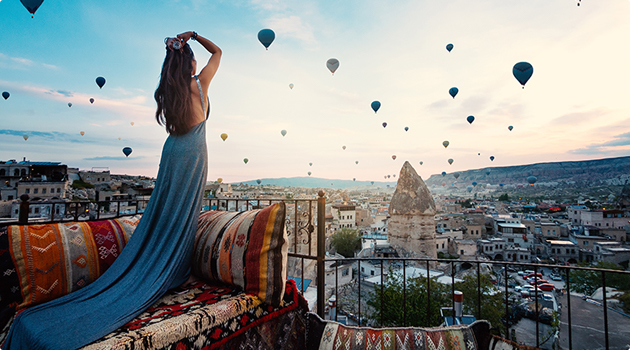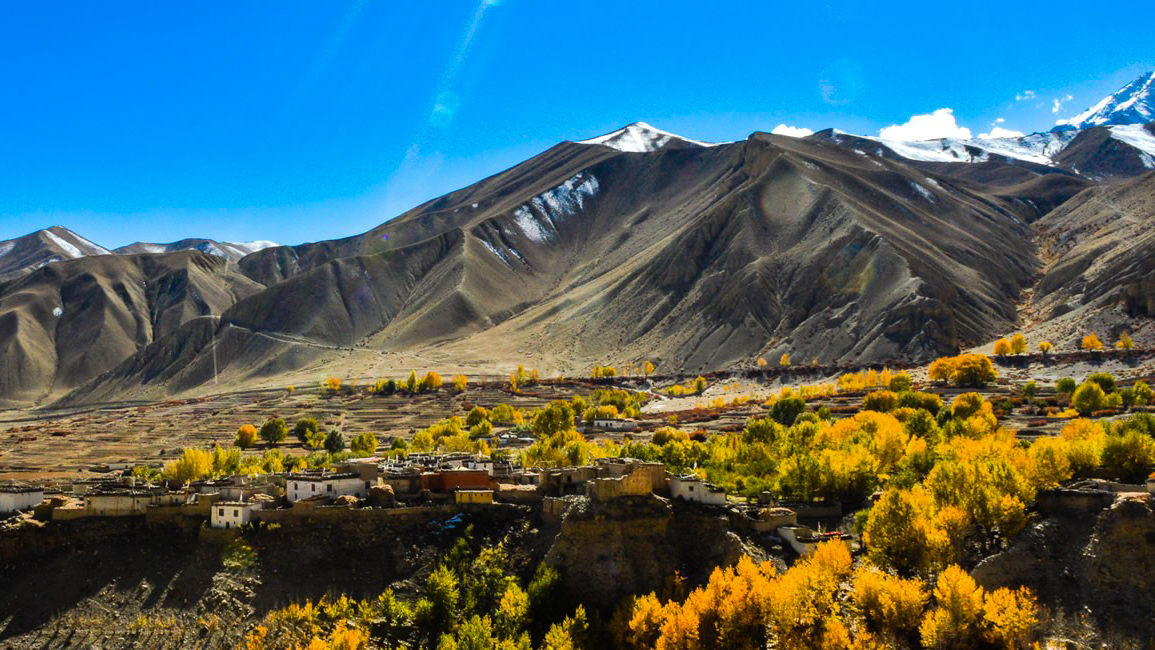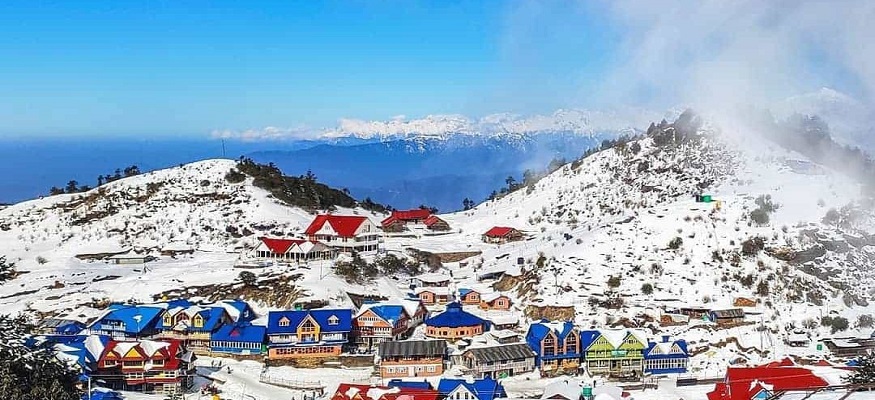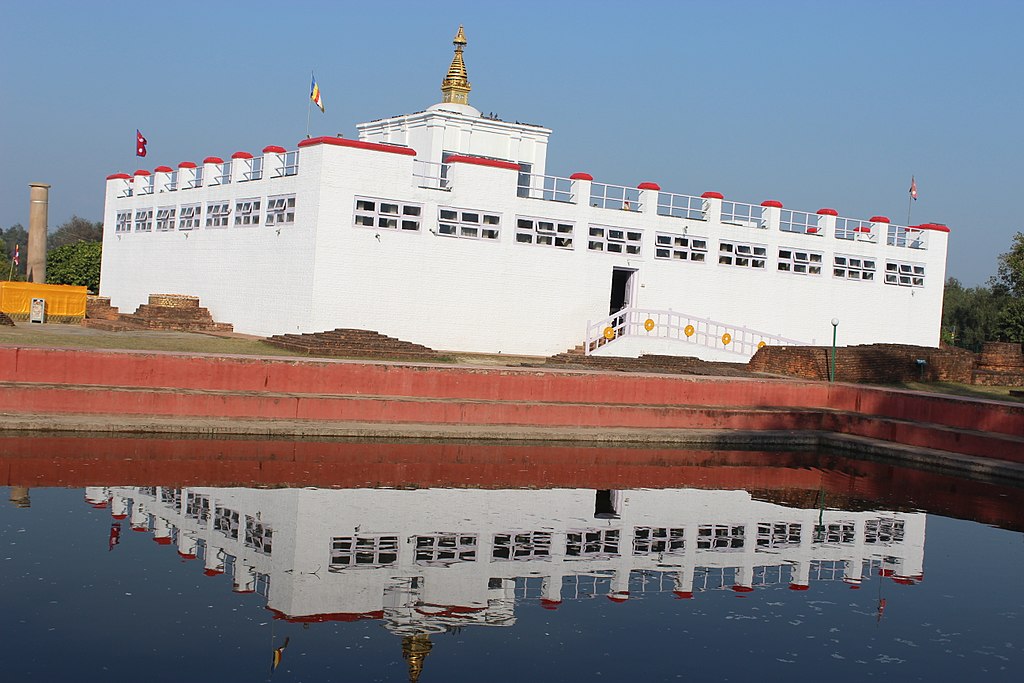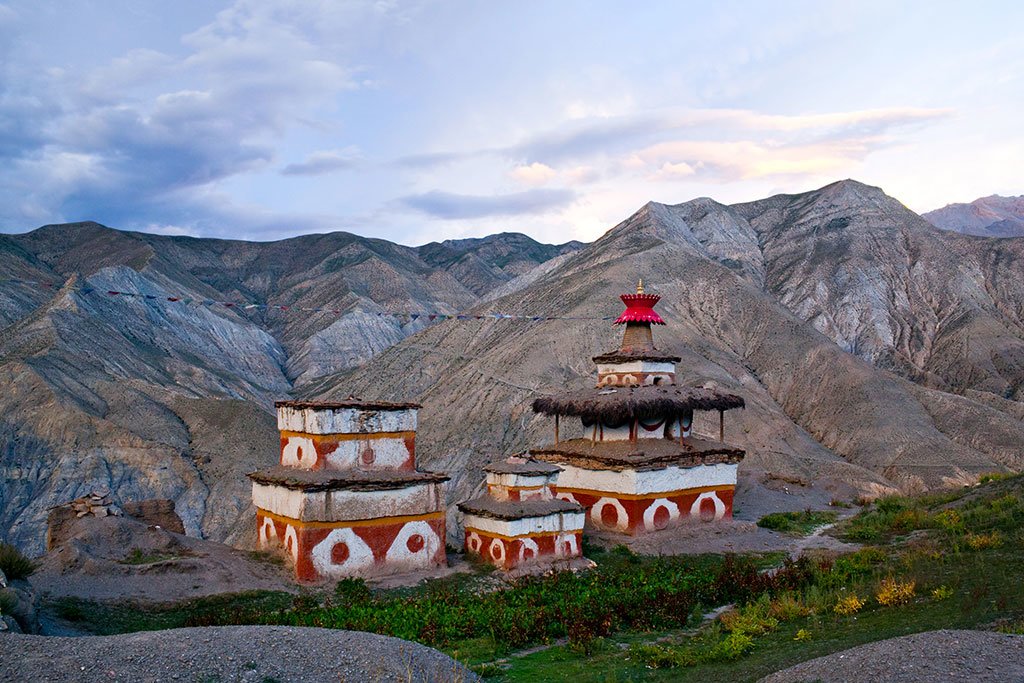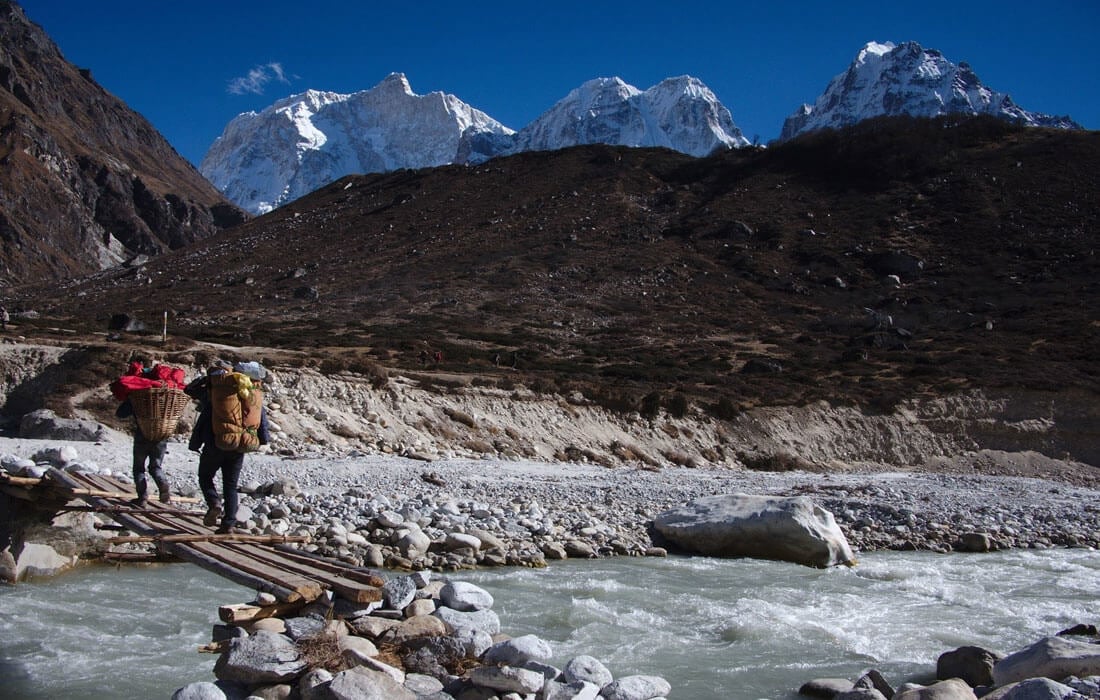 About this Trip
About this Trip
The Rolwaling Valley Trek represents a journey back in time, offering an increasingly rare experience in Nepal. It is a trek through magnificent Himalayan scenery without encountering large groups of other tourists. What makes this trek extraordinary is its perfect balance of natural splendor, cultural authenticity, and adventurous challenge.
As you ascend from the lush, terraced fields of the lower valley into the high alpine terrain, the landscape transforms dramatically. The narrow valley, hemmed in by towering peaks, creates a sense of intimate connection with the mountains that more open regions cannot match. The trail follows the tumultuous Rolwaling River, crossing numerous suspension bridges and passing through forests where sunlight filters through ancient rhododendron trees, creating an almost mystical atmosphere.
The cultural dimension of this trek is particularly special. The Rolwaling Valley is home to Sherpas whose way of life has remained remarkably traditional due to the region's isolation. The villages you'll encounter, particularly Bedding and Na, offer glimpses into Himalayan life largely untouched by modern influence. Ancient monasteries dot the landscape, their prayer flags fluttering against the backdrop of snow-capped peaks, and local festivals still follow centuries-old traditions.
Physically, the trek challenges participants with sustained high-altitude hiking and rapidly changing weather conditions. The relatively difficult access and limited infrastructure mean trekkers must be more self-sufficient and prepared than on more established routes. This remoteness, however, is precisely what makes the journey so rewarding – each view earned through effort feels like a personal discovery rather than a photographic opportunity shared with dozens of other trekkers.
Perhaps most uniquely, the Rolwaling Valley offers a sense of exploration that has been lost on Nepal's more popular trekking routes. While following established trails, trekkers often experience the exhilarating feeling of venturing into the unknown, of seeing vistas that relatively few foreign eyes have witnessed. This combination of physical challenge, cultural immersion, and pioneering spirit creates an adventure that lingers in memory long after the journey's end.
The Rolwaling Valley Trek represents a journey back in time, offering an increasingly rare experience in Nepal. It is a trek through magnificent Himalayan scenery without encountering large groups of other tourists. What makes this trek extraordinary is its perfect balance of natural splendor, cultural authenticity, and adventurous challenge.
As you ascend from the lush, terraced fields of the lower valley into the high alpine terrain, the landscape transforms dramatically. The narrow valley, hemmed in by towering peaks, creates a sense of intimate connection with the mountains that more open regions cannot match. The trail follows the tumultuous Rolwaling River, crossing numerous suspension bridges and passing through forests where sunlight filters through ancient rhododendron trees, creating an almost mystical atmosphere.
The cultural dimension of this trek is particularly special. The Rolwaling Valley is home to Sherpas whose way of life has remained remarkably traditional due to the region's isolation. The villages you'll encounter, particularly Bedding and Na, offer glimpses into Himalayan life largely untouched by modern influence. Ancient monasteries dot the landscape, their prayer flags fluttering against the backdrop of snow-capped peaks, and local festivals still follow centuries-old traditions.
Physically, the trek challenges participants with sustained high-altitude hiking and rapidly changing weather conditions. The relatively difficult access and limited infrastructure mean trekkers must be more self-sufficient and prepared than on more established routes. This remoteness, however, is precisely what makes the journey so rewarding – each view earned through effort feels like a personal discovery rather than a photographic opportunity shared with dozens of other trekkers.
Perhaps most uniquely, the Rolwaling Valley offers a sense of exploration that has been lost on Nepal's more popular trekking routes. While following established trails, trekkers often experience the exhilarating feeling of venturing into the unknown, of seeing vistas that relatively few foreign eyes have witnessed. This combination of physical challenge, cultural immersion, and pioneering spirit creates an adventure that lingers in memory long after the journey's end.

From $0
Price Varies from Group Size
Success
Here goes about why the success toast occurred.
 Itinerary
Itinerary
Arrival in Kathmandu (1,400m)
Kathmandu to Singati (950m) via Charikot
Singati to Jagat (1,250m)
Jagat to Simigaon (2,000m)
Simigaon to Donggang (2,800m)
Donggang to Beding (3,690m)
Acclimatization Day in Beding
Beding to Na (4,180m)
Acclimatization Day in Na
Na to Tsho Rolpa (4,580m)
Exploration Day around Tsho Rolpa
Tsho Rolpa to Na (4,180m)
Na to Beding (3,690m)
Beding to Dokhang (2,791m)
Dokhang to Simigaon (2,000m)
Simigaon to Jagat (1,250m)
Jagat to Singati (950m)
Singati to Kathmandu
Departure from Kathmandu
 Services
Services
Includes
- Specialized bilingual guide experienced in remote trekking regions
- Private Transport (jeeps) between Kathmandu and Singati
- All necessary camping equipment for nights at Tsho Rolpa
- Daily meals on the trek: breakfast, lunch, and dinner
- Services of an experienced guide and porter during the trek
- All essential trekking permits, including special permits for Rolwaling region
- Accommodation throughout the trek (teahouses where available, camping where necessary)
Excludes
- Additional accommodation due to unexpected delays or weather conditions
- Comprehensive travel and medical insurance for the trek
- Gratuities for the guides, porters, and trekking support staff
- International flights and entry visa fees for Nepal
- Personal trekking equipment and gear (sleeping bags, jackets, etc.)
- Extra food and drinks beyond the standard meals provided
- Helicopter evacuation in case of emergency (should be covered by your insurance)
 Good to Know
Good to Know
Train 3-4 months in advance with particular focus on uphill endurance; bring extra supplies as amenities in teahouses are extremely basic; pack for variable conditions as weather changes rapidly; carry sufficient cash as there are no ATMs in the region; water purification is essential; expect limited electricity for charging devices; prepare for additional days in case of weather delays or acclimatization needs; and respect local customs in this culturally traditional area.
Wildlife Encounters
While trekking, keep an eye out for:
Himalayan tahr (wild mountain goats), Red panda (in forest regions), Musk deer. Himalayan black bear (rare sightings), Snow leopard (extremely rare sightings), Various pheasant species including the Danphe (Nepal's national bird), Lammergeier (bearded vulture), Alpine birds including ravens, choughs, and snowcocks, Diverse butterfly species in lower elevations
 Reviews
Reviews
 FAQs (Frequently Asked Questions)
FAQs (Frequently Asked Questions)
Your queries are answered.
Why is the Rolwaling Valley less visited than other trekking regions?
The difficult access (poor roads, no domestic flights), limited teahouse infrastructure, requirement for camping equipment in some sections, and special permit requirements have kept tourist numbers low. This is precisely what makes it appealing to adventurous trekkers seeking a more authentic experience.
Do I need special permits for this trek?
In addition to the standard Gaurishankar Conservation Area Permit (GCAP), the Rolwaling Valley requires a special restricted area permit that must be arranged through a registered trekking agency. Solo trekking is not permitted in this region.
What is the best time of year for this trek?
April to early June and October to November offer the best conditions. Spring features spectacular rhododendron blooms and warmer temperatures, while autumn provides the clearest mountain views. The monsoon season (June-September) brings leeches and landslide risks, while winter (December-February) can see passes closed by snow.
What type of accommodation can I expect?
Basic teahouses exist in most villages up to Na, though they are considerably more rustic than those in popular trekking regions. Above Na, camping is necessary. Facilities are very simple - expect shared rooms, limited or no hot water, and basic toilet facilities.
Is it possible to extend this trek?
Yes, experienced trekkers with technical climbing skills can extend the journey by crossing the challenging Tashi Lapcha Pass (5,755m) into the Khumbu (Everest) region. This extension adds approximately 5-7 days and requires alpine climbing equipment, experienced guides, and excellent acclimatization.
How does altitude sickness prevention differ for this trek?
The itinerary includes essential acclimatization days at Beding and Na. Beyond standard precautions (ascending slowly, staying hydrated), the remote nature of the trail means medical facilities are extremely limited. Carrying altitude sickness medication is essential, and having prior high-altitude experience is highly recommended.
Is it possible to trek independently in Rolwaling?
No, regulations require trekkers to obtain permits through registered agencies and be accompanied by licensed guides. The remote nature of the region also makes independent trekking inadvisable from a safety perspective.
How reliable is the WiFi and phone connectivity?
Virtually non-existent beyond Singati. Some villages may have emergency satellite phones, but trekkers should plan to be completely disconnected during the journey. Notify family and friends of your itinerary before departing.
How much should I budget for the trek?
Beyond the package cost (which is typically higher than more popular routes due to special permits and transportation challenges), budget approximately $15-20 per day for any additional expenses. Prices in teahouses increase significantly with altitude due to the difficulty of transporting supplies.
What additional gear is needed compared to more popular treks?
Pack more comprehensively than for standard treks, including extra batteries/power banks (limited charging facilities), more extensive first aid supplies, quality water purification systems, and potentially camping gear depending on your specific itinerary. A higher-quality sleeping bag is essential as teahouses have minimal heating.
